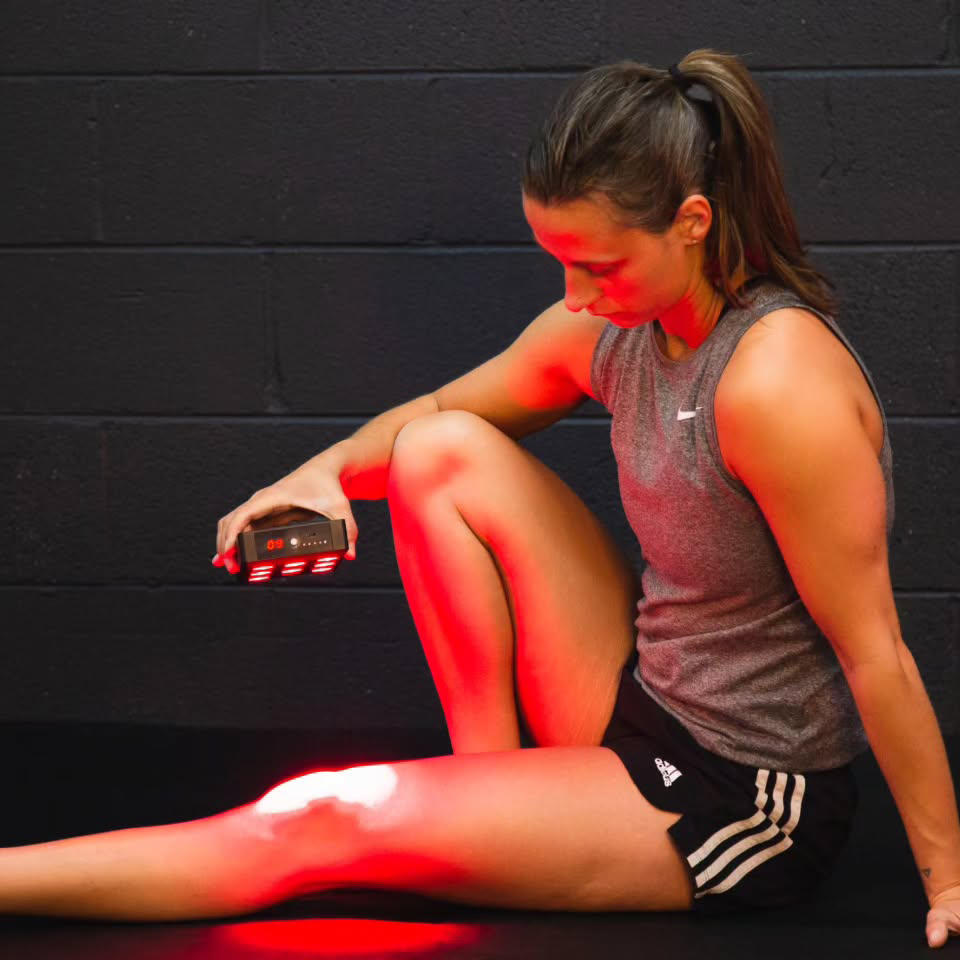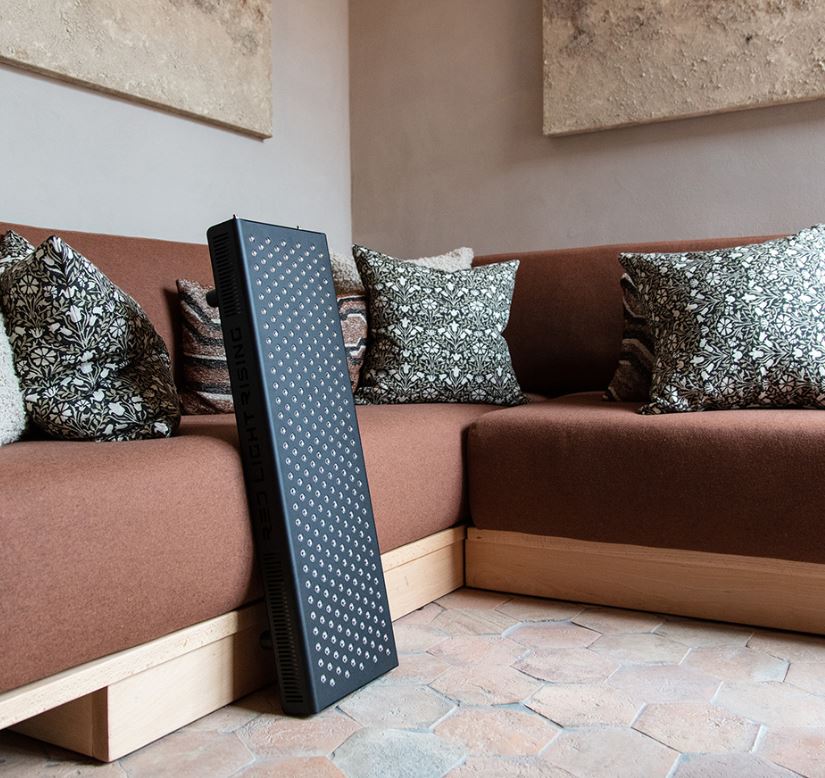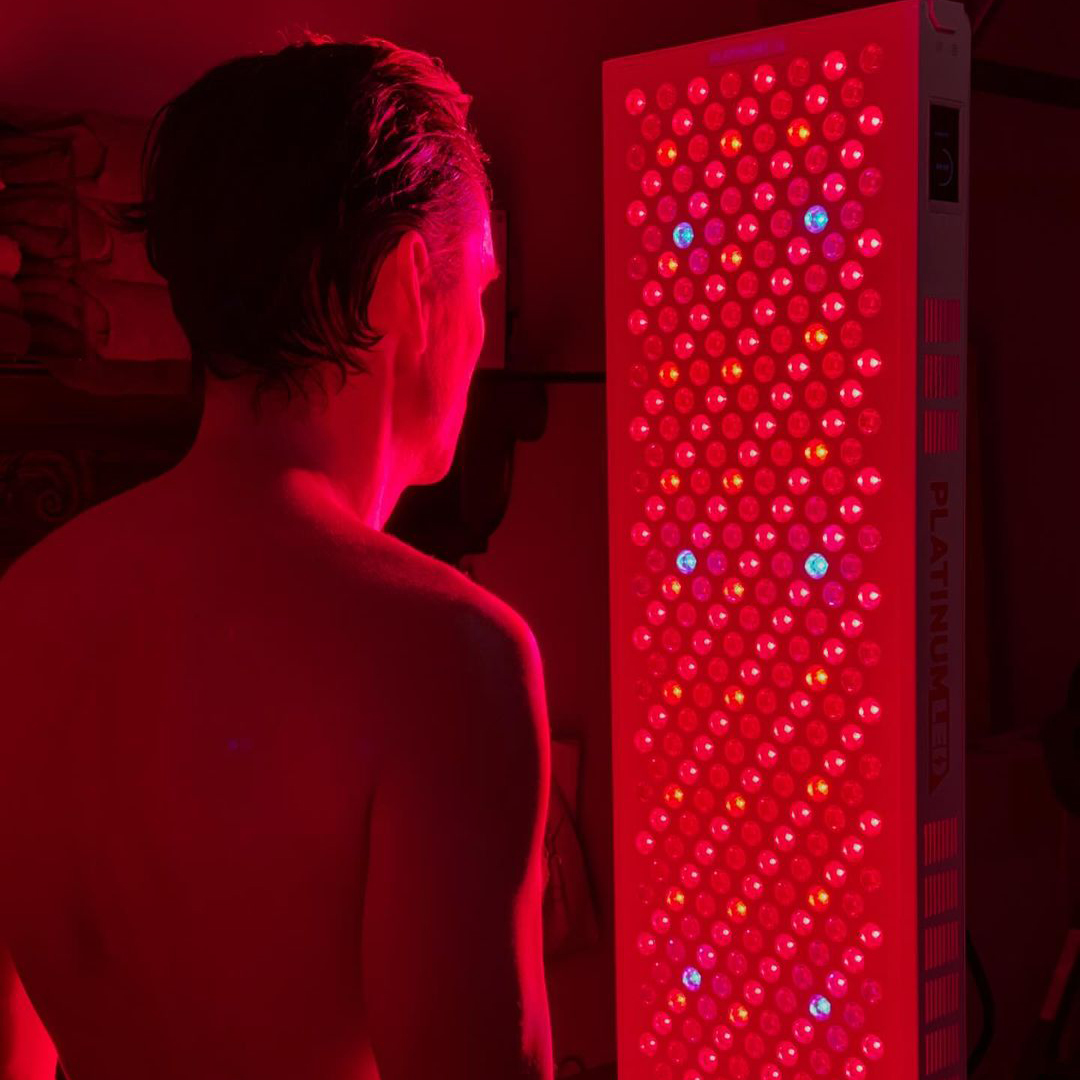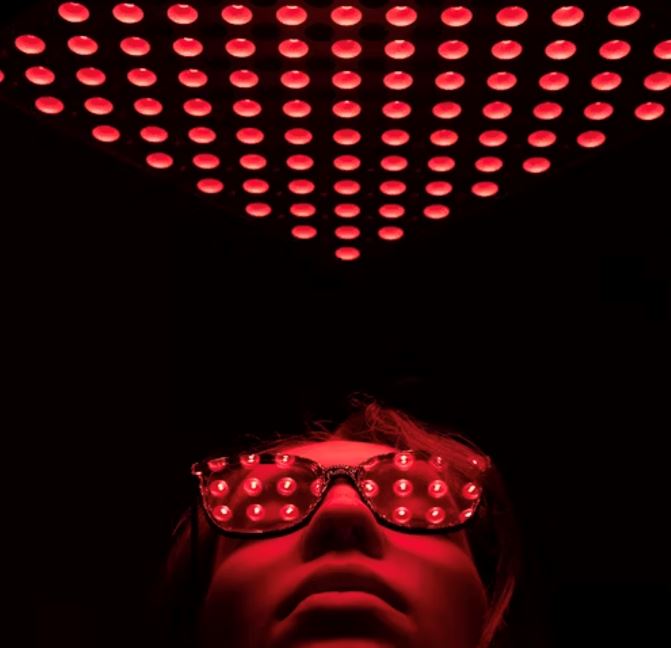![]() Free Shipping
Free Shipping ![]() Buy Now, Pay Later
Buy Now, Pay Later ![]() Eligible
Eligible
Red Light Therapy: A Revolutionary Aid for Alcohol Recovery
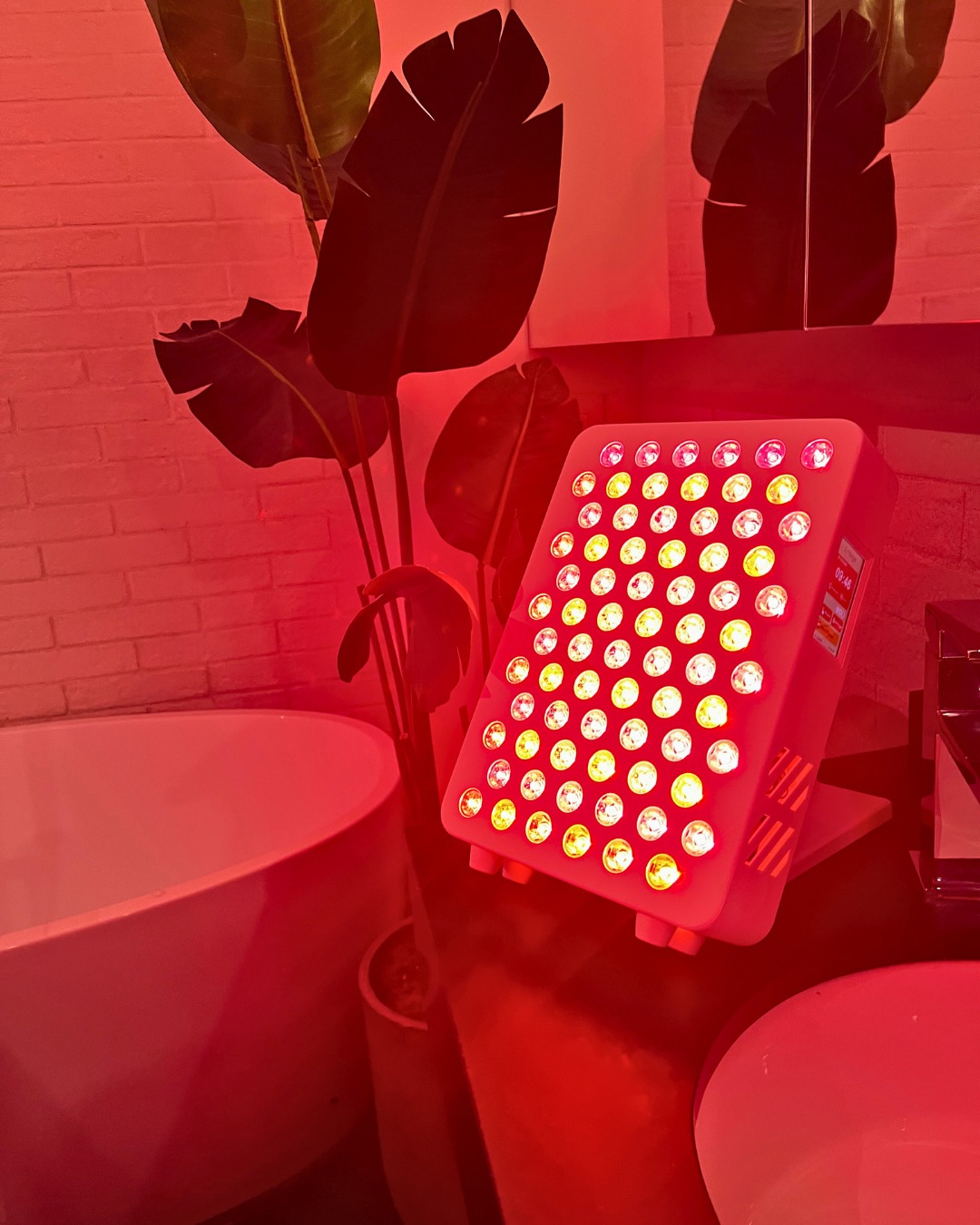
Introduction
Alcohol addiction is a pervasive and debilitating condition that affects millions of people worldwide. Traditional treatments, such as therapy, medication, and support groups, have helped many individuals recover, but relapse rates remain high. In recent years, red light therapy (RLT) has emerged as a promising adjunctive treatment for alcohol recovery, offering a non-invasive, drug-free approach to healing the brain and body.
This article explores how red light therapy can support alcohol recovery by:
- Reducing inflammation and oxidative stress
- Promoting brain repair and neurogenesis
- Alleviating withdrawal symptoms and cravings
- Improving mood and sleep
- Supporting liver detoxification
By the end of this article, you’ll understand the science behind RLT and how it can be integrated into a holistic recovery plan.
Understanding Alcohol Addiction and Its Effects on the Body
Before diving into red light therapy’s benefits, it’s essential to understand how alcohol addiction impacts the body. Chronic alcohol use leads to:
1. Brain Damage & Neurotoxicity
- Alcohol disrupts neurotransmitters like GABA (calming) and glutamate (excitatory), leading to dependence.
- It damages brain cells, particularly in the prefrontal cortex, impairing decision-making and impulse control.
- Long-term use can shrink the brain, contributing to memory loss and cognitive decline.
2. Inflammation & Oxidative Stress
- Alcohol metabolism produces free radicals, leading to oxidative damage in the liver, brain, and gut.
- Chronic inflammation worsens withdrawal symptoms and increases relapse risk.
3. Liver Damage & Detoxification Issues
- The liver becomes overburdened, leading to fatty liver, hepatitis, or cirrhosis.
- Impaired detoxification means toxins accumulate, worsening cravings and withdrawal.
4. Mood Disorders & Sleep Disruption
- Alcohol depletes serotonin and dopamine, increasing depression and anxiety.
- It disrupts REM sleep, leaving individuals fatigued and mentally foggy.
Given these challenges, recovery requires more than just willpower—it demands cellular healing. This is where red light therapy comes in.
What Is Red Light Therapy?
Red light therapy (RLT), also known as photobiomodulation (PBM), uses low-level wavelengths of red and near-infrared (NIR) light to stimulate cellular repair. Unlike UV light, which damages skin, RLT is safe and painless, penetrating deep into tissues to:
- Boost mitochondrial function (energy production in cells)
- Reduce inflammation
- Enhance blood flow
- Accelerate tissue repair
Originally developed for wound healing and pain relief, RLT is now being studied for neurological recovery, addiction treatment, and mental health support.
How Red Light Therapy Supports Alcohol Recovery
1. Repairs Brain Damage & Promotes Neurogenesis
One of the biggest challenges in alcohol recovery is reversing brain damage. Studies show that RLT:
- Increases ATP production (cellular energy), helping neurons recover.
- Stimulates BDNF (Brain-Derived Neurotrophic Factor), which promotes neuroplasticity—the brain’s ability to rewire itself.
- Reduces neuroinflammation, protecting against further damage.
A 2017 study in Neuroscience Letters found that NIR light improved cognitive function in rats with alcohol-induced brain damage, suggesting potential for human recovery.
2. Reduces Withdrawal Symptoms & Cravings
Withdrawal from alcohol can be brutal, with symptoms like:
- Anxiety
- Tremors
- Insomnia
- Irritability
RLT helps by:
- Stabilizing dopamine levels, reducing cravings.
- Calming the nervous system, easing anxiety and tremors.
- Enhancing GABA activity, promoting relaxation without drugs.
Anecdotal reports from addiction clinics using RLT show faster stabilization in detox patients compared to traditional methods alone.
3. Lowers Inflammation & Oxidative Stress
Chronic alcohol use creates a pro-inflammatory state, worsening withdrawal and relapse risk. RLT counters this by:
- Increasing antioxidant enzymes (like superoxide dismutase) to neutralize free radicals.
- Reducing pro-inflammatory cytokines (like TNF-alpha and IL-6).
A 2020 study in Journal of Addiction Research and Therapy noted that RLT reduced oxidative stress markers in alcohol-dependent individuals, supporting faster recovery.
4. Improves Mood & Mental Clarity
Depression and brain fog are common in early recovery. RLT helps by:
- Stimulating serotonin production, improving mood.
- Enhancing cerebral blood flow, sharpening focus.
- Regulating circadian rhythms, improving sleep.
Many users report feeling calmer and more mentally clear after just a few sessions.
5. Supports Liver Detoxification
The liver bears the brunt of alcohol damage. RLT aids detox by:
- Increasing blood flow to the liver, enhancing toxin removal.
- Reducing liver fibrosis markers in animal studies.
- Boosting glutathione, the body’s master antioxidant.
While more human studies are needed, preliminary data suggests RLT could speed up liver recovery in alcoholics.
VELLGUS Elite V2
THE #1 RATED RED LIGHT DEVICE
VELLGUS pro V2
THE #1 RATED FULL BODY RED LIGHT DEVICE
How to Use Red Light Therapy for Alcohol Recovery
1. Choosing the Right Device
- Wavelengths: Look for 660nm (red) and 850nm (NIR) for deep tissue penetration.
- Power Density: At least 50-100 mW/cm² for effective dosing.
- Devices: Panels (for full-body) or handheld devices (for targeted brain/liver support).
2. Treatment Protocol
- For Brain Repair: Shine light on the forehead (10-20 min/day) to reach the prefrontal cortex.
- For Liver Support: Apply over the right upper abdomen (10 min/day).
- For Mood & Sleep: Use in the morning or early evening to regulate circadian rhythm.
3. Combining with Other Therapies
For best results, pair RLT with:
- Nutrition (B vitamins, magnesium, omega-3s)
- Exercise (boosts BDNF further)
- Therapy/Counseling (addresses psychological roots of addiction)
Real-Life Success Stories
- John, 42 (5 years sober): “After years of relapsing, red light therapy helped my brain heal. My cravings dropped, and my mood stabilized faster than with meds alone.”
- Sarah, 35 (2 years sober): “I used RLT during detox—less anxiety, better sleep. It felt like my brain was finally repairing itself.”
Potential Limitations & Considerations
- Not a Standalone Cure: RLT works best as part of a comprehensive recovery plan.
- Cost: High-quality devices range from 200−200−1000, but clinics may offer sessions.
- Research Gaps: More human trials are needed, but current evidence is promising.
Conclusion: A Brighter Path to Sobriety
Red light therapy offers a safe, science-backed tool to support alcohol recovery by healing the brain, reducing cravings, and improving overall well-being. While it’s not a magic cure, its ability to accelerate cellular repair makes it a valuable addition to traditional treatments.
If you or a loved one is struggling with alcohol dependence, consider exploring RLT alongside professional guidance. The road to recovery is challenging, but with the right tools—including the power of light—lasting sobriety is within reach.
Final Thought:
“Recovery isn’t just about stopping alcohol; it’s about healing the damage it left behind. Red light therapy could be the missing piece in that journey.”





